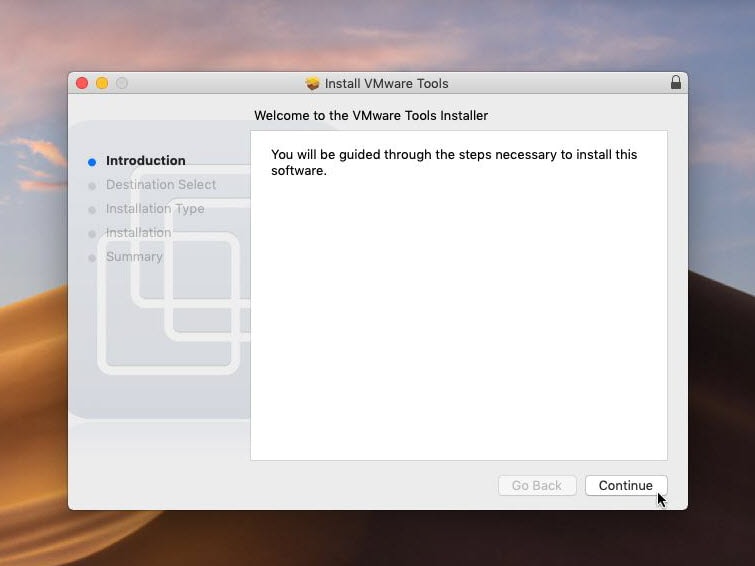

The specifications are known under the name Single UNIX Specification, before they become a POSIX standard when formally approved by the ISO.
POSIX.2: Shell and Utilities (IEEE Std 1003.2-1992)Īfter 1997, the Austin Group developed the POSIX revisions. POSIX.1c: Threads extensions (IEEE Std 1003.1c-1995). POSIX.1b: Real-time extensions (IEEE Std 1003.1b-1993, later appearing as librt-the Realtime Extensions library) ). POSIX.1: Core Services (incorporates Standard ANSI C) (IEEE Std 1003.1-1988). Versions Parts before 1997 īefore 1997, POSIX comprised several standards: 
The development of the POSIX standard takes place in the Austin Group (a joint working group among the IEEE, The Open Group, and the ISO/IEC JTC 1).
POSIX Conformance Testing: A test suite for POSIX accompanies the standard: VSX-PCTS or the VSX POSIX Conformance Test Suite. This is POSIX 1003.1-2008 with Technical Corrigendum 1.) POSIX.1, 2013 Edition: POSIX Base Definitions, System Interfaces, and Commands and Utilities (which include POSIX.1, extensions for POSIX.1, Real-time Services, Threads Interface, Real-time Extensions, Security Interface, Network File Access and Network Process-to-Process Communications, User Portability Extensions, Corrections and Extensions, Protection and Control Utilities and Batch System Utilities. In 2008, most parts of POSIX were combined into a single standard (IEEE Std 1003.1-2008, also known as POSIX.1-2008).Īs of 2014, POSIX documentation is divided into two parts: POSIX also defines a standard threading library API which is supported by most modern operating systems. Many user-level programs, services, and utilities (including awk, echo, ed) were also standardized, along with required program-level services (including basic I/O: file, terminal, and network). The standardized user command line and scripting interface were based on the UNIX System V shell. The POSIX specifications for Unix-like operating systems originally consisted of a single document for the core programming interface, but eventually grew to 19 separate documents (POSIX.1, POSIX.2, etc). However, several major versions of Unix existed-so there was a need to develop a common-denominator system. Unix was selected as the basis for a standard system interface partly because it was "manufacturer-neutral". The committee found it more easily pronounceable and memorable, and thus adopted it. Richard Stallman suggested the name POSIX (pronounced as pahz-icks, not as poh-six) to the IEEE instead of former IEEE-IX. The standards emerged from a project that began around 1985. The family of POSIX standards is formally designated as IEEE 1003 and the ISO/IEC standard number is ISO/ IEC 9945. Originally, the name "POSIX" referred to IEEE Std 1003.1-1988, released in 1988. 5.2.4 Compliant via compatibility layer.






 0 kommentar(er)
0 kommentar(er)
